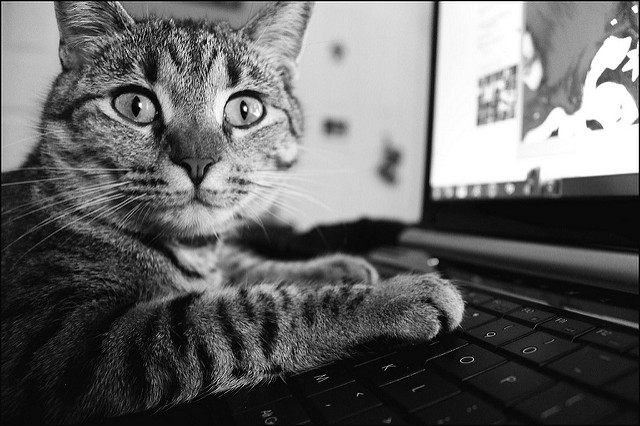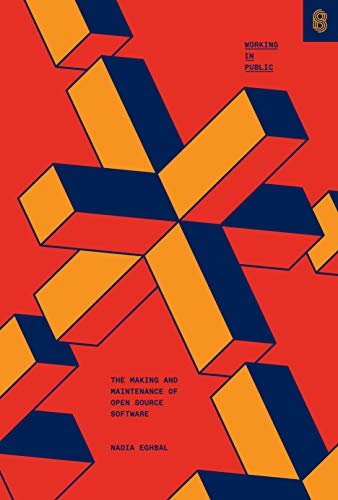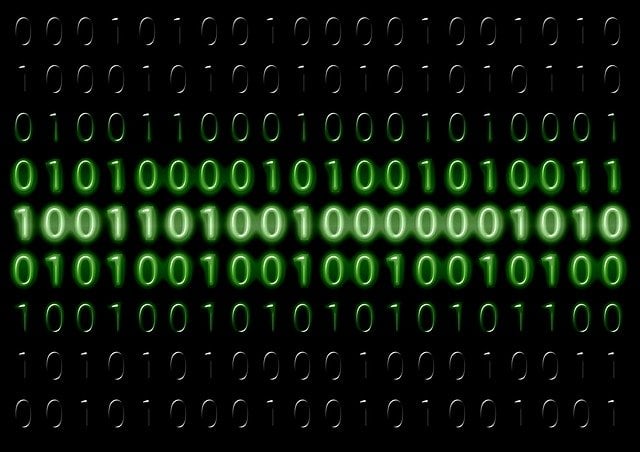
Since time immemorial, software has had version numbers. A developer releases V1 of their product. Some time later, they add new features or fix bugs, and release the next version. What should that next version be called? Modern software broadly bifurcates into two competing standards; SemVer and CalVer. SemVer Semantic Versioning is usually in the form 1.2.3, the last digit is usually for…
Continue reading →

Over the last 20 years, open source software has undergone a significant shift—from providing an optimistic model for public collaboration to undergoing constant maintenance by the often unseen solo operators who write and publish the code that millions of users rely on every day. In Working in Public, Nadia Eghbal takes an inside look at modern open source software development, its evolution o…
Continue reading →

The fashion industry has the concept of "prêt-à-porter" - ready to wear. You pick a thing off the rack and off you go. No tailoring needed. Similarly, the food industry has "prêt-à-manger" - ready to eat. No telling l'artiste du pain how much mayo you want, just grab a boxed sandwich and start munching. What's the equivalent for Open Source Software? (I know it is facile to say "There are two …
Continue reading →

A question to the void. Are you entitled to get the source history of open source projects? Lots of Open Source licences give the consumer of software the right to a copy of the source code. For example, GPLv3 says that distributors of software have to: give anyone who possesses the object code ... a copy of the Corresponding Source What is "Corresponding Source"? The "Corresponding Source"…
Continue reading →

I think what I'm asking for is impossible... I have a Linux laptop with built in speakers and an external monitor with speakers. The laptop connects to the screen via HDMI. I have my Linux desktop set up for dual screens. If I drag a window from one screen to the other, I want the sound to follow the window. Is this possible? A bit more detail When I have YouTube running on my monitor, I…
Continue reading →

It rather sounds like the title of a Doctor Who story from the late 1970s, doesn't it? But it's a term that I think we're going to be hearing a lot of in the future. Jake Levine recently wrote an excellent post on apps which don't require any interaction. It's not quite as crazy as it sounds - the interfaceless application - but refers to a class of program where the only interaction is in…
Continue reading →

Friend, colleague, and fellow geek, Sam Machin has introduced me to the wonders of the OBDII port! Essentially, OBD (On Board Diagnostics) is a port which is found on every car produced since the late 1990s. It allows garages to see all sorts of diagnostic information about your car, its engine, and all other manner of petrol-headed goodness. It's designed to be easily accessible and conform to…
Continue reading →





